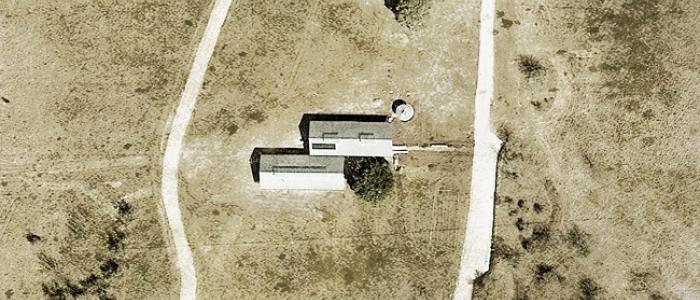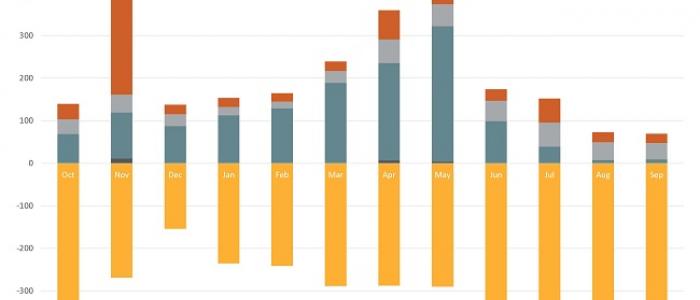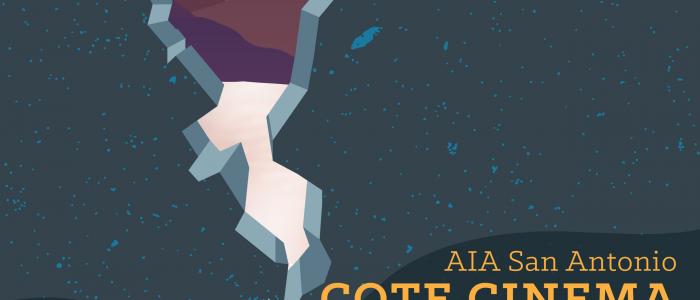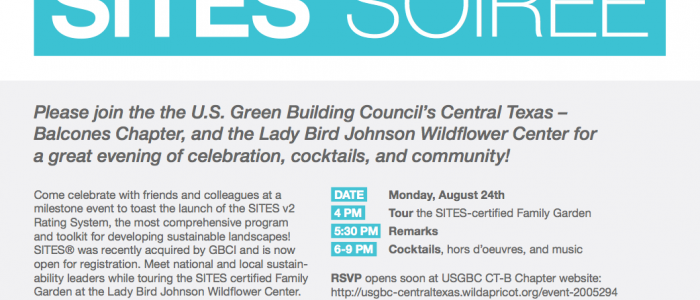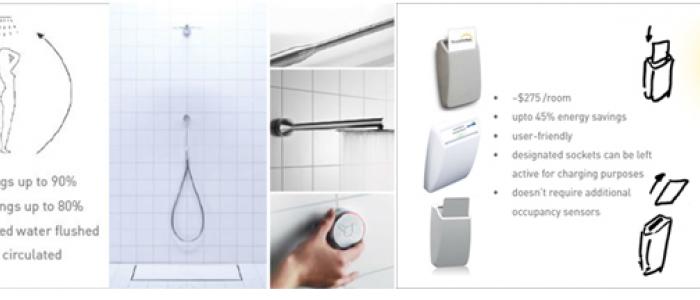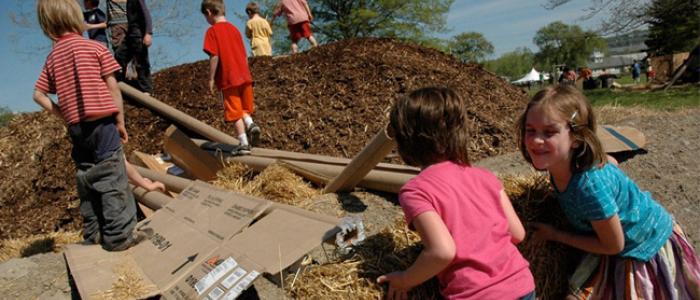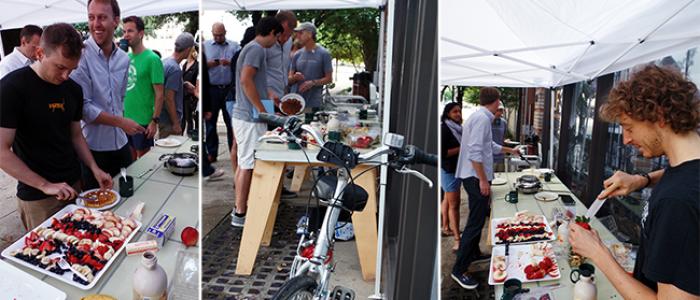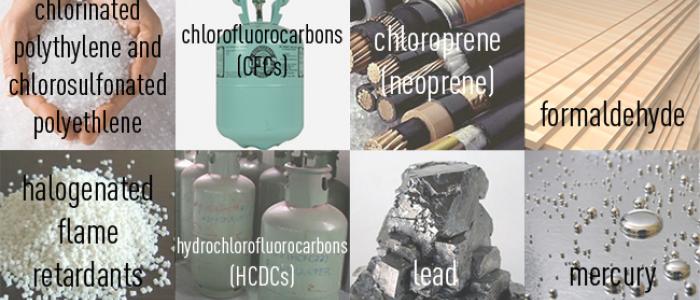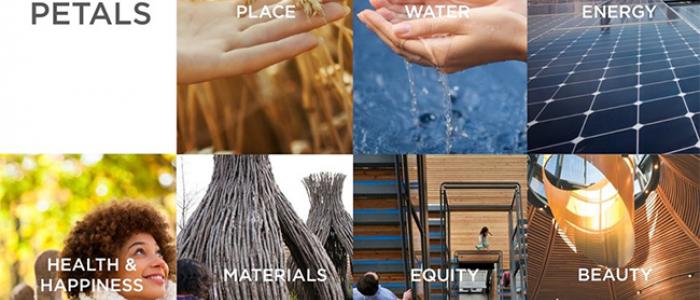Performance
The Dogrun
a place to share ideas
For early humans, trees represented safety: being able to see out over the tall grass and spot potential food or predators from a distance. When we came down from the trees and began to live in the savanna, standing up allowed us to see over the grass and regain the higher vantage point that the trees had provided. Even today, millions of years later, we feel most comfortable standing in the shadow of a tree, looking out over our surroundings. This is the site that we chose for the Josey Pavilion, a building nestled up under a tree with expansive views over the grasslands. The buildings are...
On September 30, 2015, the Josey Pavilion completed its one-year performance period as a net zero energy building, generating 50% more energy than it consumed. During the performance period, Josey consumed 2467 kWh, generated 3697 kWh, and sent a net of 1230 kWh back to the grid. From the beginning of the design process, the Josey Pavilion was conceived as an open air pavilion. Whether it’s 40 degrees in late November with a 20 miles per hour wind sweeping across the prairie or 102 degrees in August, a successful design would allow seasonally dressed occupants to comfortably spend a few hours...
Today we answer the age-old question that has plagued humanity for centuries: Should east and west-facing windows have vertical or horizontal louvers? We used COMFEN software to test a 20' x 15' room in Austin, Texas with a 10' ceiling. Each room had a floor-to-ceiling west-facing window with a low-E IGU and one of three differently proportioned louvers. Those three louver spacing to louver depth ratios were 1:1, 1:0.67, and 1:0.33. Both vertical and horizontal louvers were tested for heat gain, HVAC energy costs, daylighting, and glare.The results: Horizontal louvers out-perform vertical...
AIA San Antonio's Committee on the Environment (COTE) is hosting a free movie night this week in downtown San Antonio. The outdoor film will take place at Travis Park, and the weather is sure to be beautiful! Please join us and bring friends and family along for a fun and informative night on environmental issues in our community.
A fun celebration of the launch of the SITES v2 rating system will be taking place later this month -- Please join us in Austin if you can!
With three weeks left as Lake|Flato's sustainability intern, I'd like to share what I've learned about the firm and the opportunities I've had, as well as thank those of you who've contributed to my time here. With sustainability being one of the most discussed topics during my time on this planet, it has become a critical theme in architecture. Implementing a new aspect of design is a significant challenge which Lake|Flato took on years ago. Throughout my time here, I've learned about Lake|Flato's sustainability evolution and how they remain at the forefront of sustainable design. At the...
Remaining active in sustainability discussions is an important part of what we do at Lake | Flato. Conferences offer the chance for invested community members to learn, share, mingle and feel inspired. Here's a summary of the conferences attended by LFers this year. Net Positive Energy + Water Conference This January, Jennifer Young attended the Net Positive Energy + Water Conference in San Francisco put on by the International Living Future Institute. Some of the highlights were touring David Baker Architects' Zero Cottage and hearing a lecture by the inspirational Bill Reed. One of the...
What better way to start off a Friday than with waffles, polka music and reducing our carbon emissions? Our first Bike4Breakfast of the year was a success with the seasonal appearance of the always popular nectarine! Why is bicycle commuting so important? Here is a quick comparison of building energy to commuting energy: • The typical office building uses 80kBtu/sf/yr (Ours uses 100kBtu/sf/yr), and office buildings usually work out to 1 employee per 300sf (ours is 125sf). Here we use about 12,500 kBtu/employee/yr. If we were to make our office 50% more efficient, we would save ~6,000 kBtu/...
Of the 20 imperatives of the Living Building Challenge, the two that we found to be most difficult were Red List and Appropriate Sourcing. Following up on our recent publication of the material matrix for the Josey Pavilion , here’s a look at how we tackled these two challenges. Imperative 11: Red List The Red List contains 13 chemicals that should not exist in the built environment and are not permitted anywhere in a living building. Some chemicals on the list, Chlorofluorocarbons (CFCs) and asbestos, were easy to avoid as they have been phased out of the material economy through regulation...
Do you know what materials make up the building you’re currently occupying? Are these materials safe? In our foray into pursuing the Living Building Challenge (LBC) for the Dixon Water Foundation Josey Pavilion, we gained new insight into building materials and their impact on human health and the environment. We are excited make our material matrix public and share what we have learned. LBC, the most advanced sustainable building certification program, is built on the philosophy that every act of design and construction should make the world a better place. An LBC-Certified building is...
Pages


